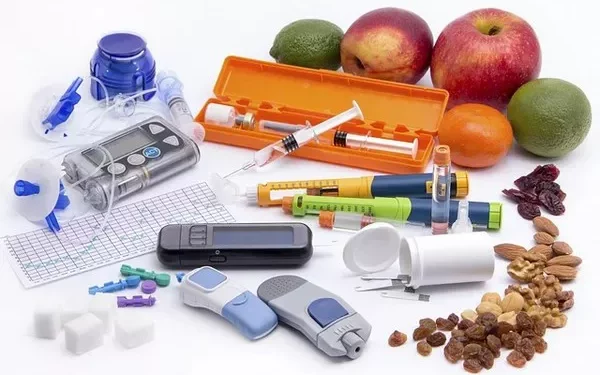A recent study has brought attention to the potential health risks posed by the combination of food additives commonly found in processed foods, particularly their possible contribution to the rising prevalence of Type 2 diabetes. The research, conducted by scientists from Sorbonne Paris Nord University and Paris Cité University, highlights the unexpected ways that mixtures of additives might impact health, suggesting they could play a role in metabolic diseases.
Food additives, which are frequently used to enhance flavor, texture, appearance, and shelf life, are a staple in processed foods. While individual additives are typically tested for safety, recent studies indicate that when these additives are combined in food products, their combined effects might be more harmful than each substance on its own.
In the United States, ultra-processed foods account for nearly 60% of daily calorie intake, and are increasingly being linked to adverse health outcomes, including metabolic disorders like Type 2 diabetes. While the U.S. Food and Drug Administration (FDA) assesses the safety of each additive separately, there is growing concern that the health effects of additive mixtures—often referred to as “cocktail effects”—have not been adequately addressed by these evaluations.
French researchers used human cell models to show that certain combinations of food additives could act more toxic than individual ingredients, suggesting that interactions between additives may play a significant role in health risks. However, to move from lab findings to actionable dietary advice, human-based studies are required.
To investigate the links between food additives and Type 2 diabetes, the researchers analyzed data from nearly 100,000 adults in France. Over seven years of tracking, they identified the most commonly consumed additive combinations and observed their correlation with Type 2 diabetes development. Two additive mixtures were particularly concerning: one, found in sauces and dairy-based desserts, included emulsifiers, preservatives, and dyes; the other, common in artificially sweetened beverages, combined acidifiers, sweeteners, dyes, and emulsifiers. Both combinations were linked to a higher risk of developing Type 2 diabetes.
The study also explored how these additives interact, noting that some additives worked synergistically to amplify their effects, while others seemed to counteract each other. This complexity suggests that the health impacts of food additives are significantly influenced by how they are combined in foods.
This study is the first to examine long-term exposure to real-world additive combinations in a large population and link them to Type 2 diabetes risk. It adds to growing evidence that ultra-processed foods may be harmful not only because of individual ingredients but also due to the interactions between them.
While more research is needed to fully understand these interactions and their broader health implications, the findings suggest that food additives should not be viewed in isolation. The study calls for a reevaluation of how food additives are assessed, with an emphasis on their combined effects.
Mathilde Touvier, one of the study’s co-authors, emphasized that while this observational study alone cannot establish a causal relationship, it aligns with previous laboratory work suggesting the potential risks of additive mixtures. She advocates for public health guidelines that encourage limiting the use of non-essential food additives, as part of a broader strategy to combat diet-related diseases like Type 2 diabetes.
As the consumption of processed foods continues to rise, understanding the cumulative effects of food additives may be crucial to addressing the growing global burden of Type 2 diabetes.
Related topics:
Are Emulsifiers in Your Food Putting Your Health at Risk?
The Diabetes-Alzheimer’s Connection: A New Frontier in Brain Health
NYC and Baltimore Scientists Awarded Grants for Cardiovascular and Diabetes Research



























